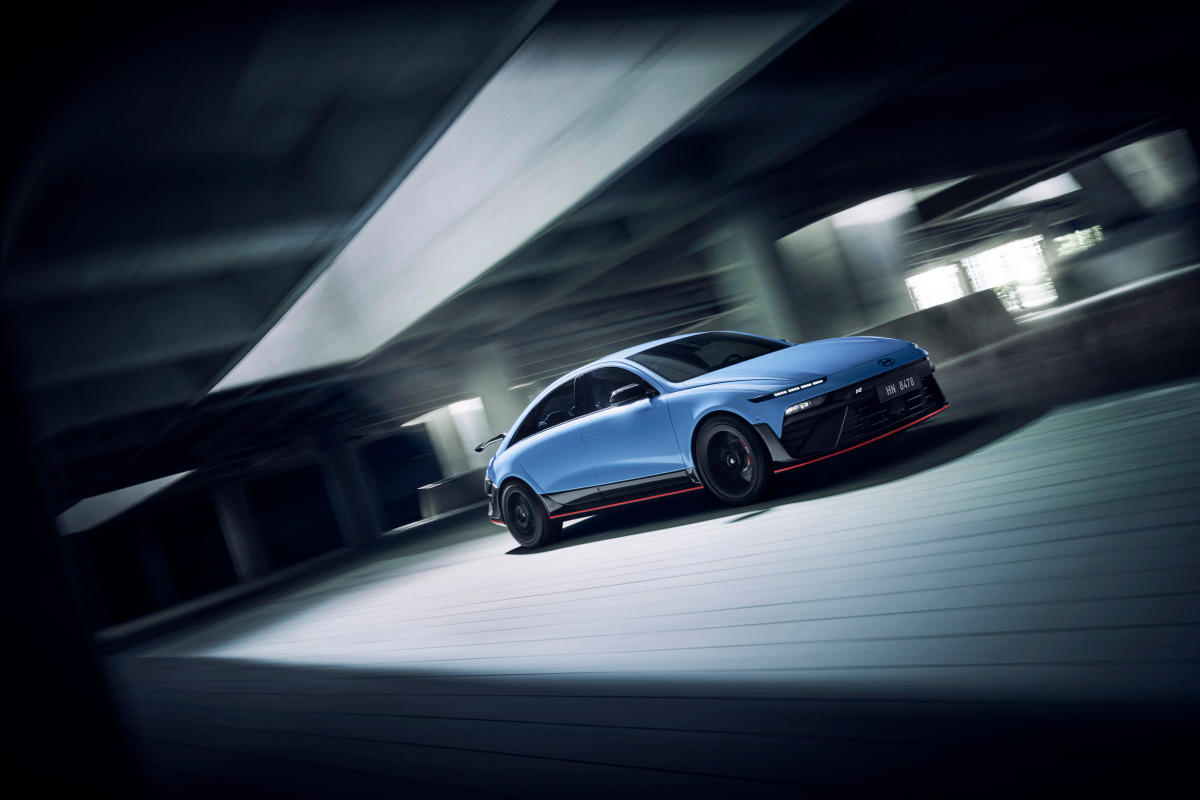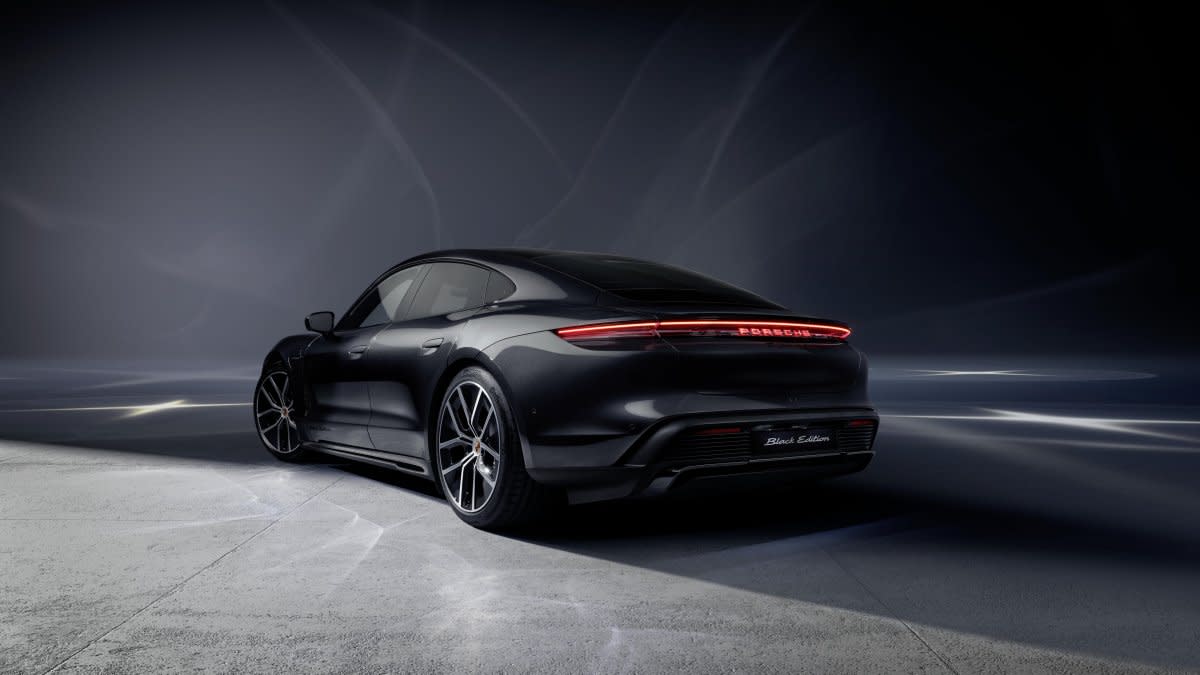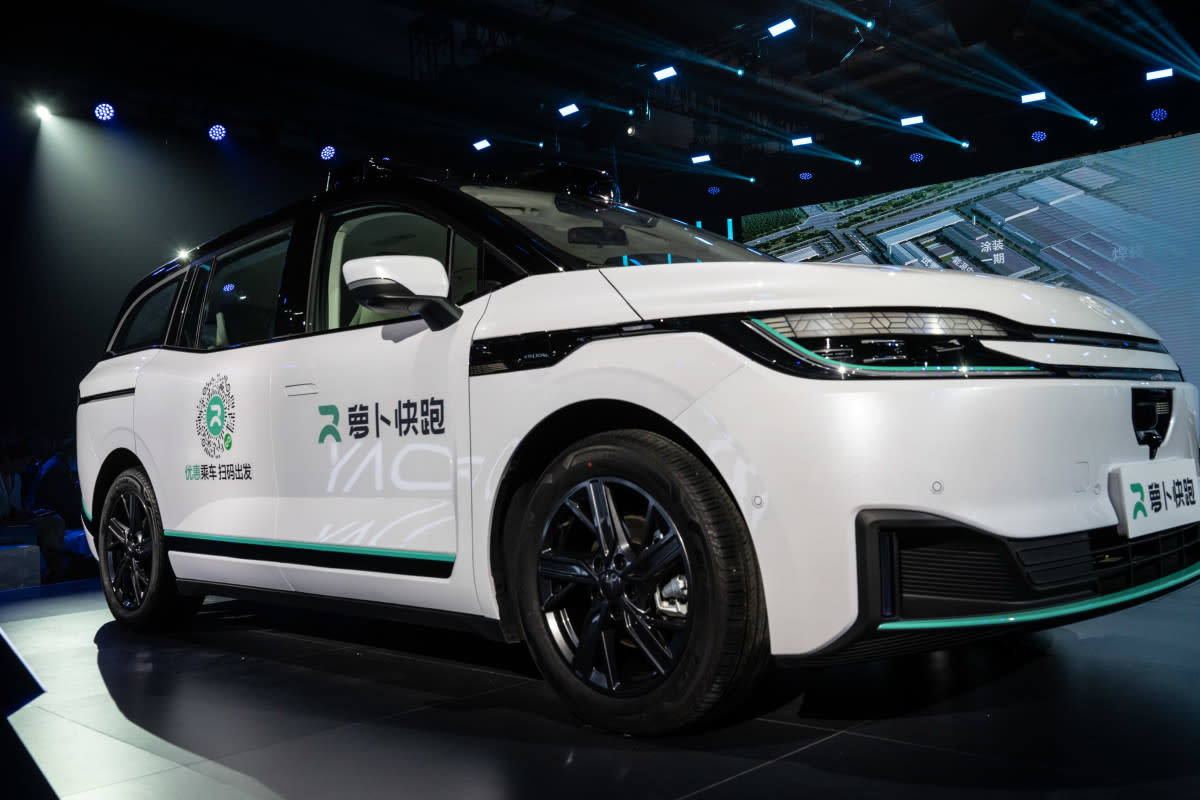I Drove the 2025 Honda Prologue & 2025 Acura ZDX, Which One is Best? Here’s My Brutally Honest Review
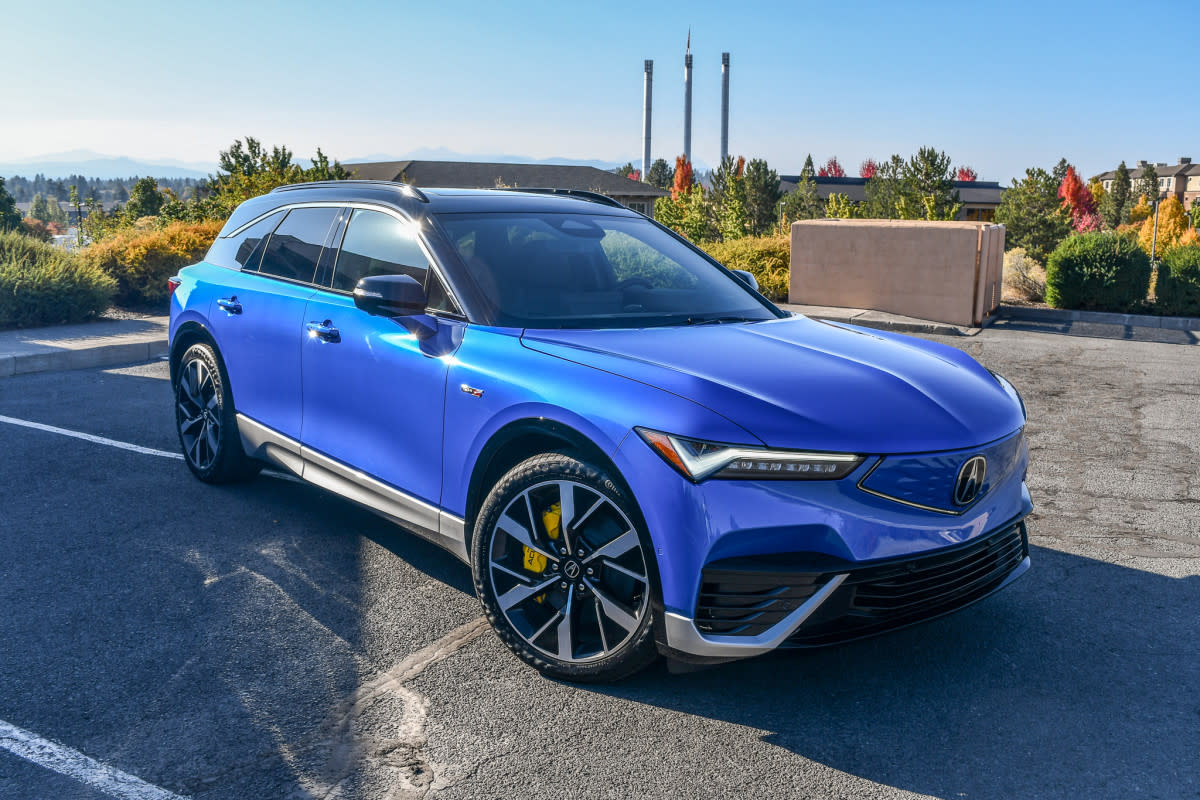
I Drove the 2025 Honda Prologue & 2025 Acura ZDX, Which One is Best? Here’s My Brutally Honest Review originally appeared on Autoblog.
Two sides of the same coin
By this point, we all know that Acura is Honda’s luxury division. When both companies debuted their first fully electric SUVs, they didn’t hide the fact that their partnership with General Motors resulted in the Honda Prologue and the Acura ZDX, as they’re both built on GM’s Ultium platform. Other EVs on the same platform include the Chevy Blazer EV and the Cadillac Lyriq. The main difference, however, is that Acura and Honda allow their EVs to have Android Auto and Apple CarPlay, whereas GM forces its media software on its customers. Of course, styling is unique to the two brands, with the Prologue resembling Honda's simple, subtle lines and curves, and the Acura adopting the same luxurious yet sporty language as the other SUVs the brand sells.
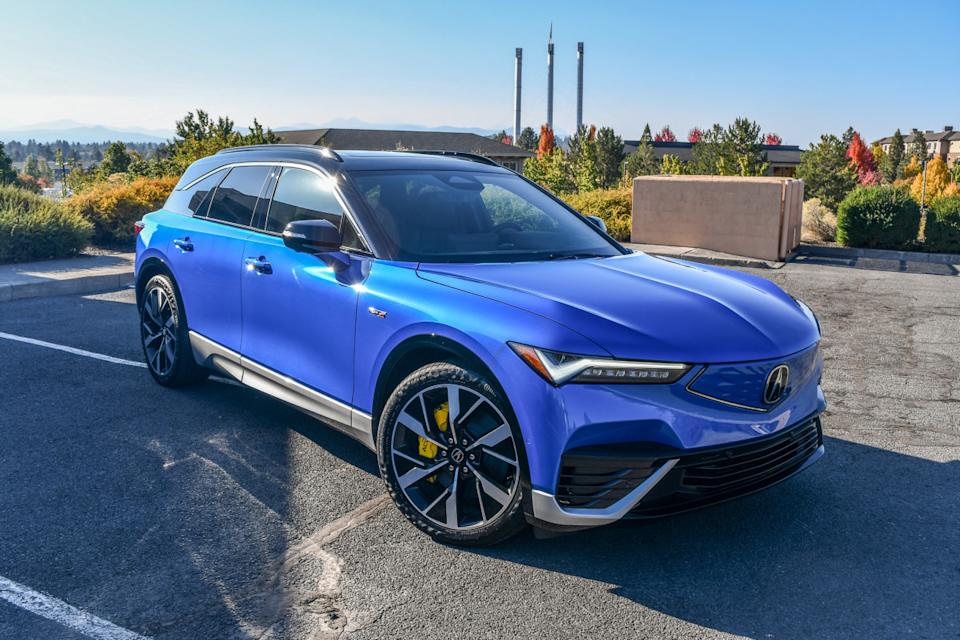 Kristen Brown
Kristen BrownSince they both come from automakers known for their reliability and options, I expected great things, even if the battery technology, body, charging setup, and wiring came from General Motors. I’ll tell you, after driving both back-to-back, I can earnestly say they were both excellent EVs in their own ways. I loved the Acura’s styling and sporty performance elements, but I also adore the Honda’s ease-of-use and golden retriever-esque personality. Is there a better of the two? Well, for two different drivers, yes. Let me explain.
Both are easy to get used to and very fun to drive
The first of the two EVs I drove was the Acura ZDX Type S. I was immediately drawn to the bright blue paired with the vibrant silver under trim, big, glossy black wheels, and the humongous yellow brake calipers. The styling, low and wide stance, the bright coloring, aero-friendly body design, and the fat summer tires told me one thing: this EV was built for speed and handling.
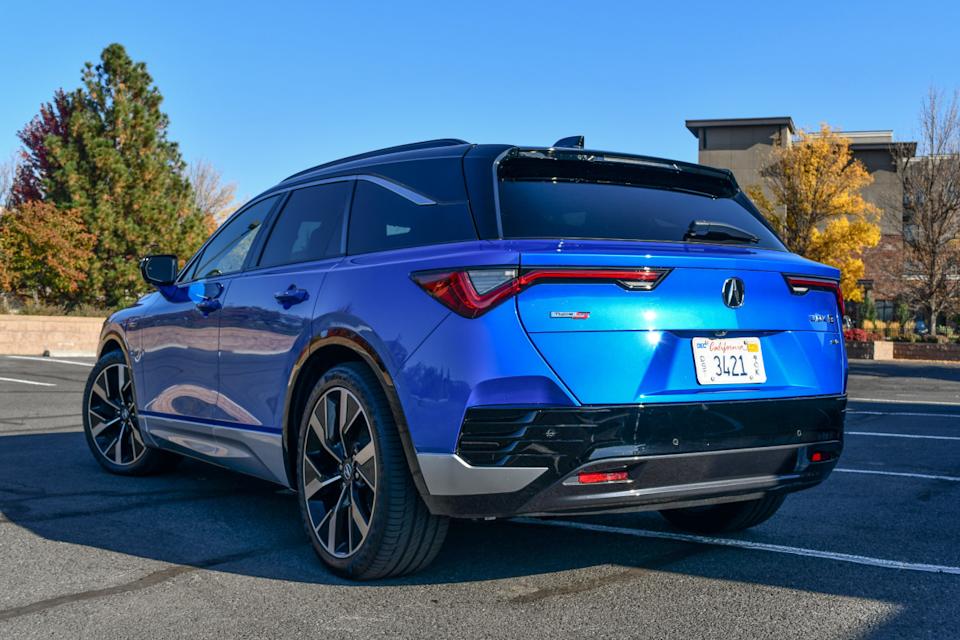 Kristen Brown
Kristen BrownBlack leather was the interior theme, and because it’s an Acura, that makes sense. The ZDX uses a Google-based user interface, so everything was very familiar and easy to become acquainted with. The one-pedal driving is easy to adjust (or turn off), the driving modes and fun and engaging, and even the “Normal” mode brought a smile to my face (but Sport+ definitely put all 499 horses to work, let me tell you–being in a small mountain town with lots of backroads made for a very fun week).
Since it’s a dual-motor all-wheel drive, the estimated range was 290, but while I had it, the actual range was 310, which is impressive for a performance-oriented sport-luxury EV SUV. Around Bend, I had zero complaints. The sport-tuned suspension handled the extra weight beautifully, and the lack of a transmission tunnel resulted in a spacious and comfortable interior, featuring large rear windows, a gargantuan panoramic sunroof, and a very spacious trunk. The center console had plenty of storage for my purse, camera, and filming gear when the time came, making it incredibly versatile and lovable for daily driving. This EV, by the way, was the first EV I’d driven with my in-laws, and my mother-in-law said the ZDX was the most comfortable car she’d ever been in.
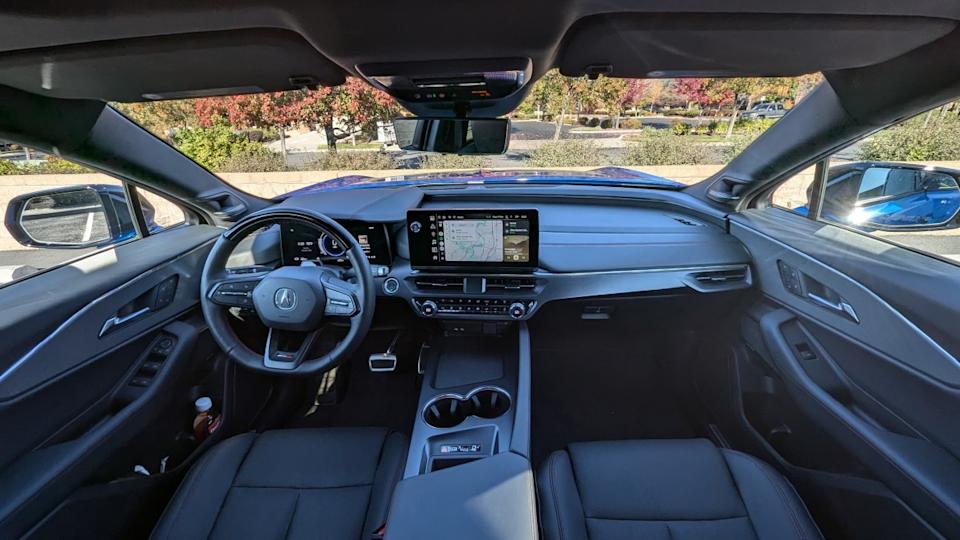 Kristen Brown
Kristen BrownView the 2 images of this gallery on the original article
The interior design and layout in the Honda Prologue were exactly the same as the ZDX Type S. However, instead of all black, the Prologue’s interior was black and tan, which I felt made it look more premium than black-on-black. It felt friendly and approachable, and had all the same features, minus the sporty bits, like horsepower. The Honda Prologue AWD Elite has 288 horsepower, while the Acura has 499. Since it was designed for a more domesticated life, it was always slow on takeoff (even in Sport mode), but the range was around the same. While I had it, the range at full charge was 283. It wasn’t as spry as the Acura, but unless you’re buying a Civic Type R, no one’s buying a Prologue for speed. Since the interior layout was the same as the Acura's, it also had the same benefits.
They’re cut from the same cloth, but attract very different audiences
I was able to determine the ZDX Type S’s buyer within the first 10 seconds after it was parked in my driveway. The type of person who willingly spends the extra $15,945 for 211 more horsepower, adaptive air suspension over a multi-link suspension setup, an 18-speaker Bang & Olufson sound system over a 12-speaker Bose system, and beefy brakes wants one thing while they’re driving: an experience. Acura did an amazing job making the ZDX fit two hats perfectly. If you need it to be tame, it could do that without much effort at all. On the way home from Whole Foods, you can put ‘er into Sport+ mode and enjoy nearly 500 ponies with the same level of ease. It’s versatile, sleek, and very fast, without sacrificing cargo space and family-friendliness.
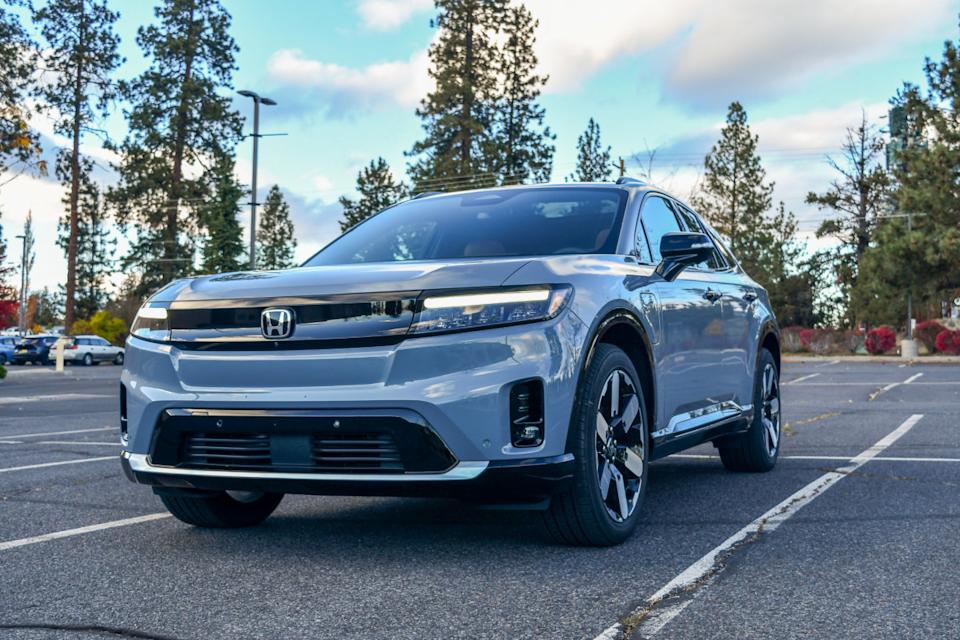 Kristen Brown
Kristen Brown Honda’s intention with the Prologue was much more defined and simple: it's meant to fit into most normal families. It can haul the dog, the kids, and everyone’s luggage for the family’s annual camping trip with ease. It’s uncomplicated, which makes it easy for most people to gravitate toward it. I felt that, aside from the Mustang Mach-E, it was one of the easiest EVs for those who feel intimidated by the transition from a gas-only car to an EV. The simple interior layout, simplistic design, and NACS compatibility make it feel as close to a gas car as an EV could be. It would make EV ownership feel seamless, and that’s the goal with the Prologue. It looks, feels, and drives like a normal car, while the ZDX takes full advantage of the sporty potential of all-electric power.
Aside from horsepower, the biggest difference was the price
The Acura, shocking to no one, is the more expensive of the two. The one I drove was the top of the line, so the MSRP with all the extras was $74,850. The Honda Prologue, though, was $58,905. That's still a little expensive for a commuter EV from Honda, but it’s much friendlier than nearly $80,000. However, if you’re looking to buy an EV for the breakneck speeds that come with 100% torque at 0 mph, you’ll be very disappointed in the Honda. If you’re buying it for the commute-friendly range and emissions-free ego boost, you’ll love it. Thankfully, the brand’s partnership with GM on these two means they both qualify for the $7,500 federal tax credit, though. For as long as it’s around, anyway.
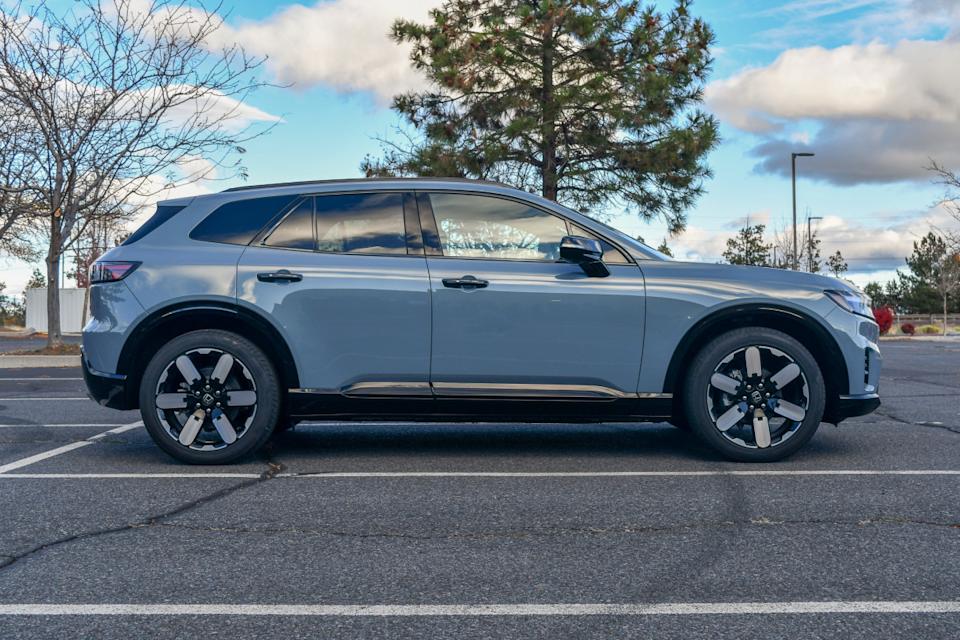 Kristen Brown
Kristen BrownThen there’s knowing that both of the EVs are GM-heavy. It made it a little hard for me to rationalize the cost of the Acura, knowing how many of GM’s fingers were in the pot. However, Acura was very careful about putting just enough of its influence into the EV to make it feel like a purebred Acura. For the Honda, the pricing felt a little more on par. It’s more of a draft horse than a racehorse, and thankfully, there are plenty of people eager to put a draft horse to work over being the fastest at the track.
Final thoughts
In my opinion, the one I was most happy to drive was the Acura. It had soul and power, tastefully blended with sensibility. The Honda was also an excellent EV, but it didn’t have the same pizazz as the Acura did. If I had unlimited funds and a place to charge it, the Acura ZDX Type S would be the EV I’d buy every time. The Honda’s still a little pricey for what it is. Even with the starting price for the single-motor being $47,700, you have to REALLY want the Honda Prologue to pass up all the other options from Hyundai, Kia, Toyota, and Ford. Even a 3-row Honda Pilot costs around the same with AWD. At least with the Acura’s price tag, you’re getting a lot more.
I Drove the 2025 Honda Prologue & 2025 Acura ZDX, Which One is Best? Here’s My Brutally Honest Review first appeared on Autoblog on Jul 16, 2025
This story was originally reported by Autoblog on Jul 16, 2025, where it first appeared.






